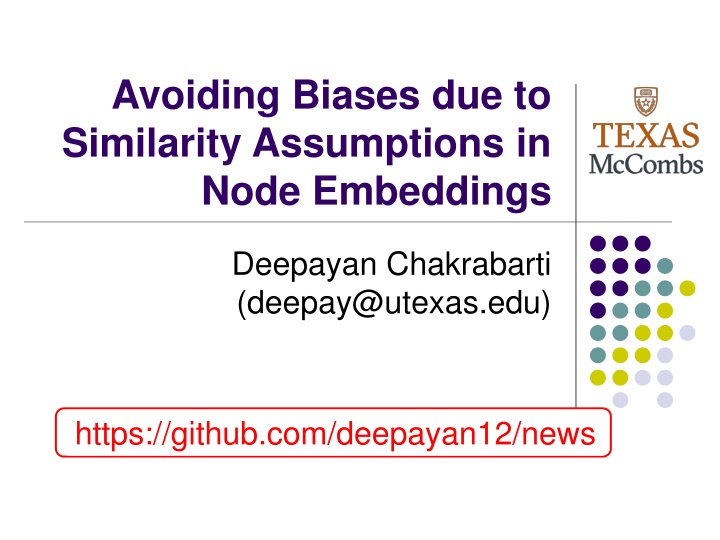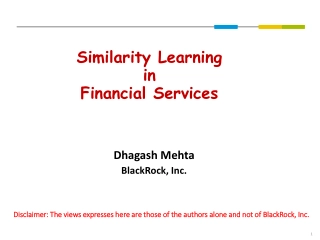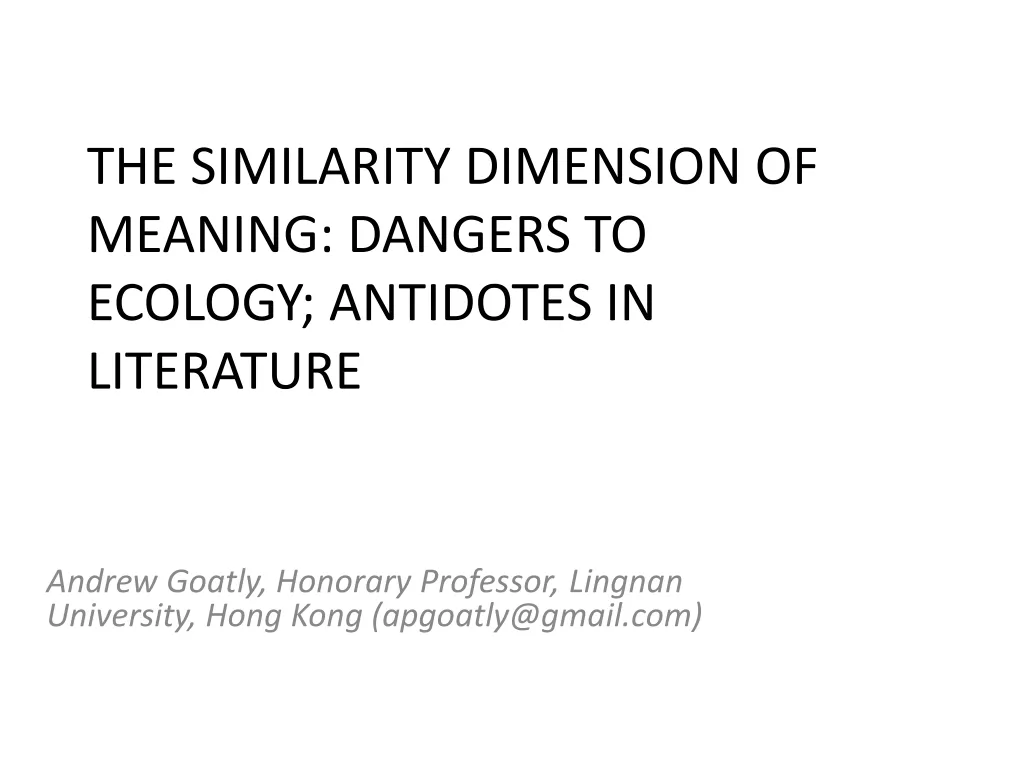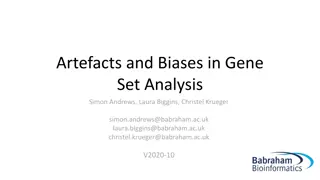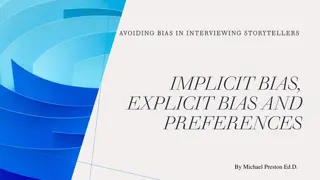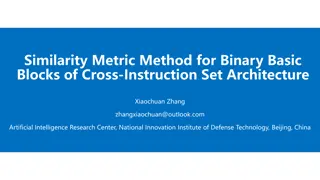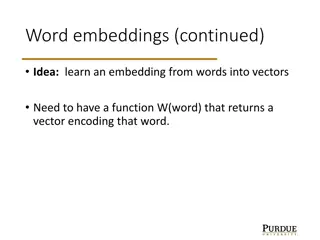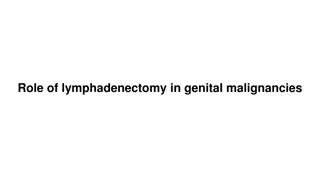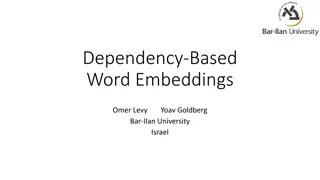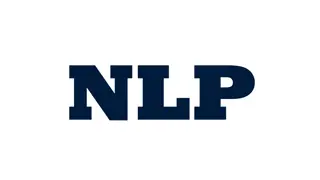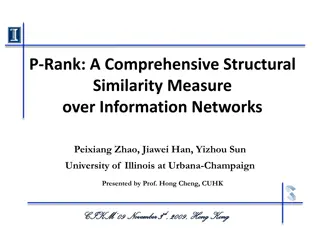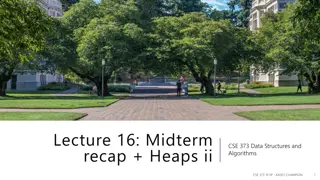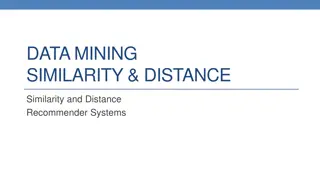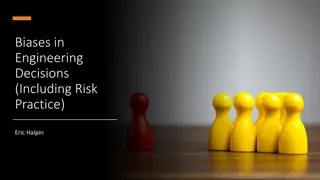Avoiding Biases due to Similarity Assumptions in Node Embeddings
In this research by Deepayan Chakrabarti, the focus is on mitigating biases stemming from similarity assumptions in node embeddings. The study provides valuable insights and strategies to prevent biased outcomes in embedding algorithms. The GitHub link allows for further exploration and understanding of the work presented.
Download Presentation

Please find below an Image/Link to download the presentation.
The content on the website is provided AS IS for your information and personal use only. It may not be sold, licensed, or shared on other websites without obtaining consent from the author.If you encounter any issues during the download, it is possible that the publisher has removed the file from their server.
You are allowed to download the files provided on this website for personal or commercial use, subject to the condition that they are used lawfully. All files are the property of their respective owners.
The content on the website is provided AS IS for your information and personal use only. It may not be sold, licensed, or shared on other websites without obtaining consent from the author.
E N D
Presentation Transcript
Avoiding Biases due to Similarity Assumptions in Node Embeddings Deepayan Chakrabarti (deepay@utexas.edu) https://github.com/deepayan12/news
The Problem 1 2 3 4 5 Use as Build node embeddings 2 Classify Recommend Cluster feature vectors 1 3 4 5 dim d Adjacency matrix N Goal: build node embeddings N 2
The Problem People not connected to me People connected to me Me My embedding embeds these classes Goal: build personalized node embeddings 3
The Problem Number of nodes Most nodes have low degrees Me My embedding Degree Very few positive examples Extreme class imbalance Build personalized node embeddings under constraints 4
Existing methods Grow the (+)ve class Assumed links to similar nodes We must assume a similarity metric Me My embedding Very few positive examples Extreme class imbalance 5
Weaknesses of Assumptions Hidden biases The embedding reflects these biases possibly poor-quality/unfair for some groups Similarity from commute-time or hitting-time just creates links to high-degree nodes [von Luxburg+/2014] 6
Weaknesses of Assumptions Hidden biases May not match intuition Similarity via shared friends Intuitive for social networks Peer-to-peer lending networks? ? 7
Weaknesses of Assumptions Hidden biases May not match intuition Similarity via shared friends Intuitive for social networks Peer-to-peer lending networks? Airport networks? Austin ? New York Dallas Houston Chicago Amsterdam 8
Weaknesses of Assumptions Hidden biases May not match intuition Costly updates Me 9
Weaknesses of Assumptions Hidden biases May not match intuition Costly updates Small network changes large updates Cannot be done solely via existing embeddings Me 10
Our Specific Problem People not connected to me People connected to me Me My embedding embeds these classes Goal: build personalized node embeddings without similarity assumptions 11
Our Method (NEWS) ? 12
Our Method (NEWS) Minority class sample statistics are unreliable Sample covariance Sample covariance Robust covariance Robust covariance This is a more accurate covariance estimate Smooth distribution 14
Our Method (NEWS) Minority class sample statistics are unreliable Sample covariance Robust covariance Smooth distribution Optimize loss directly on smoothed distribution (no sampling) 15
Experiments 21 real-world networks Social, citation, collaboration, financial, biological and others Tasks Link prediction Node classification 17
Accuracy vs. degree Energy-based Random walks Auto-encoder Matrix-based NEWS works well for all degrees Metric = Area under the Precision-Recall curve 18
Robustness of NEWS NEWS resists overfitting even for low-degree nodes Arxiv (Condensed Matter) network 19
Conclusions Node Embeddings Without Similarity Assumptions (NEWS) Robust to limited data Personalized Parameter-free https://github.com/deepayan12/news 20
Our Method (NEWS) Interest vector Celebrity bias 21
